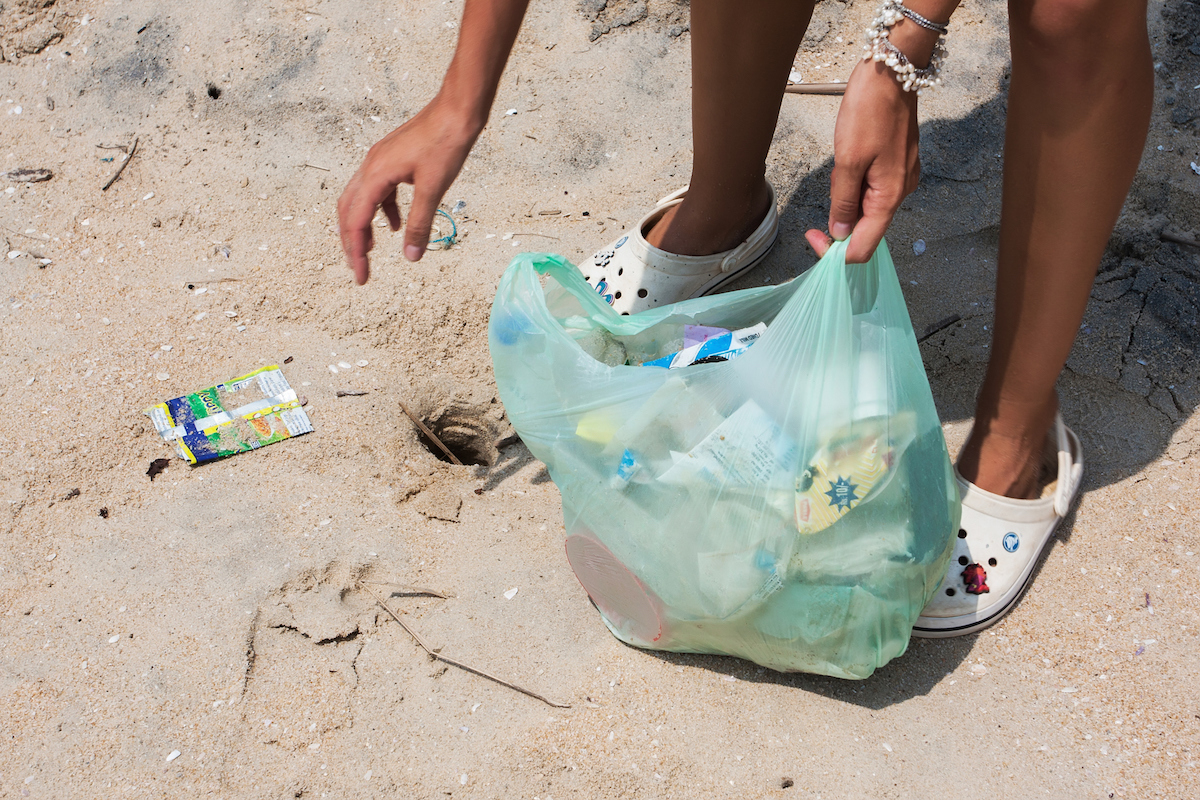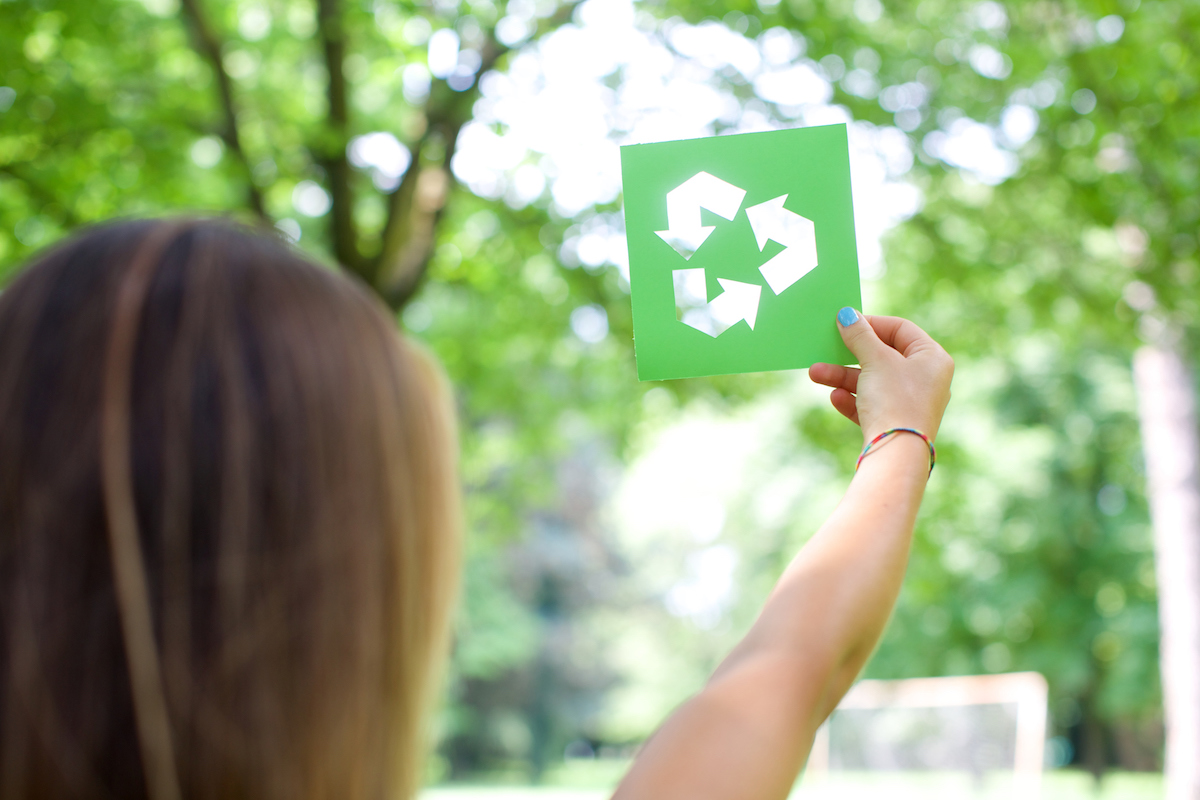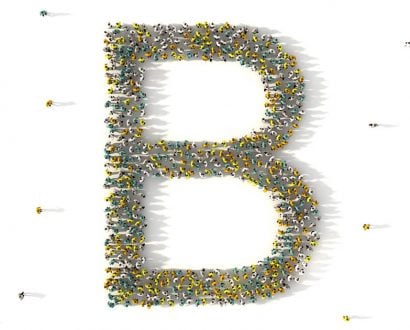The shocking revelations by Four Corners on failures within the Australian recycling industry were a sobering wake-up call – and a reminder to business and to consumers, that we need to take back control of our own waste management.
Sustainability has become a hot-button topic since the ABC screened their ratings-winning series ‘War on Waste’ earlier this year. Both Coles and Woolworths have since announced an end to single-use plastic bags, sales of reusable coffee cup ‘KeepCup’ have gone through the roof and home composting is booming.
But true sustainability involves more than just adding a ‘recyclable’ symbol to your product and composting your leftovers; it involves taking a life cycle approach to everything you do, as a business and as a consumer.
The potential benefits for this approach are enormous. McKinsey estimates that implementing a “circular economy” – which considers the impact of all products from cradle to grave – could add material savings of US$700 billion dollars a year in consumer goods alone.
Companies building up circular supply chains could generate a further US$1 trillion a year by 2025 – and create 100,000 new jobs over the next five years.
Circular decisions
Buying decisions we make as consumers, whether it’s for a toaster or a car, typically start with the up-front cost. Sometimes, we’ll consider how much a product will cost to operate. But we rarely think about where the materials to make it came from or how we will dispose of it.
We might be persuaded by a ‘recyclable’ logo; but a product that claims to be recyclable really isn’t if the users can’t easily access a facility that will recycle it.
Taking a life cycle approach to sustainability means thinking through everything involved in the manufacturing process, the inputs (like scarce materials and energy) and outputs (pollution, waste water) and how people will use and dispose of an item.
We then make choices that deliver the best possible financial and environmental outcome.
We also look at positive benefits. Could certain products deliver a social benefit? Does a product turn waste into something useful?
Measuring sustainability
Organisations, governments and individuals worldwide are looking at many ways to measure and target sustainability, from engaging with the UN Sustainable Development Goals to gaining reputable certifications from organisations like B Corporation.
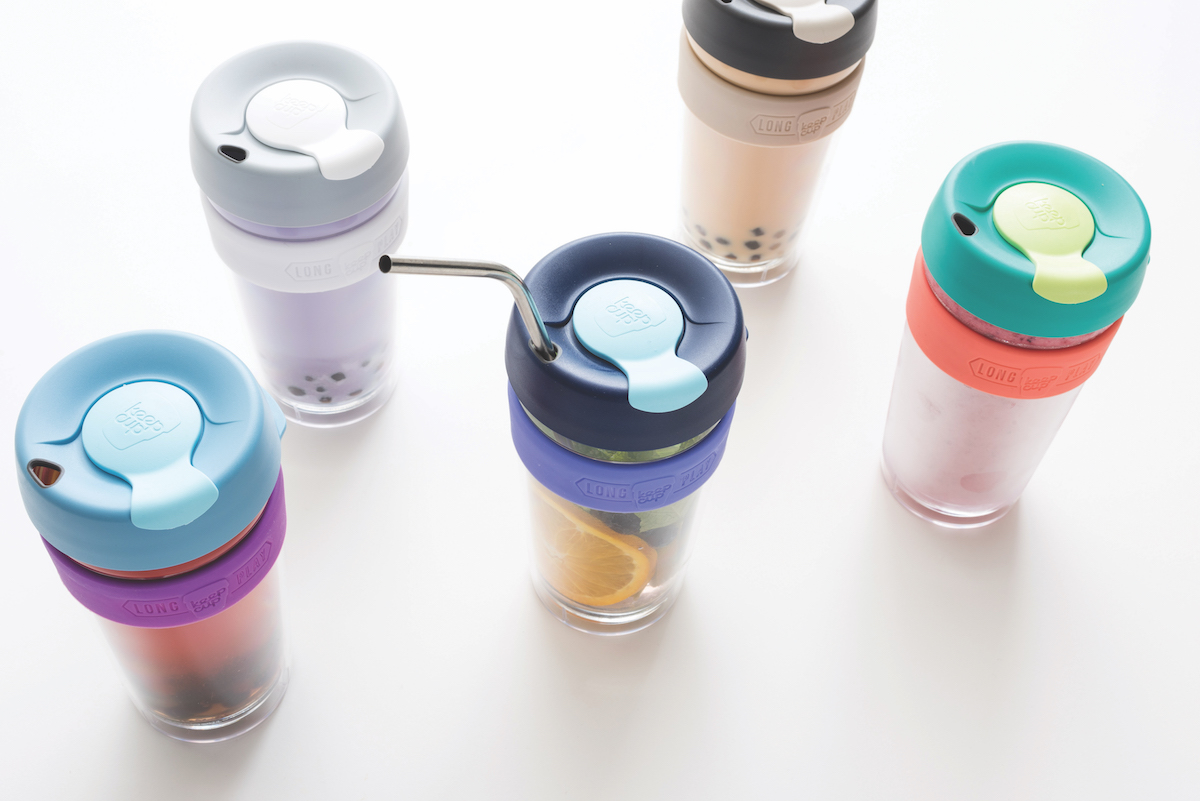
KeepCup is a great example. KeepCup became a certified B Corporation after completing the B Impact Assessment to meet certain social and environmental standards. Then, they commissioned sustainability consultancy Edge Environment (Edge) to assess their product life cycle.
KeepCup wanted a scientific perspective on how their product compares to disposable cups, and also to other reusable cups like those made from bamboo or bio-plastics.
Edge Environment’s Life Cycle Analysis provided evidence on what we know to be common sense; that reduce and reuse is better than discard and recycle,” says KeepCup managing director Abigail Forsyth. “Our business was founded to solve an environmental problem, and the analysis also provides opportunities to improve our own supply chain and product development principles.”
Edge calculated everything from the raw materials to manufacturing to distribution, to what happens to cups when they’re used and where they go at the end. KeepCups are recyclable – and if a part is lost or goes missing, you can replace that part rather than the whole cup.
Re-using all the plastic in the ocean
Edge has developed these life cycle assessments with hundreds of companies. Take 